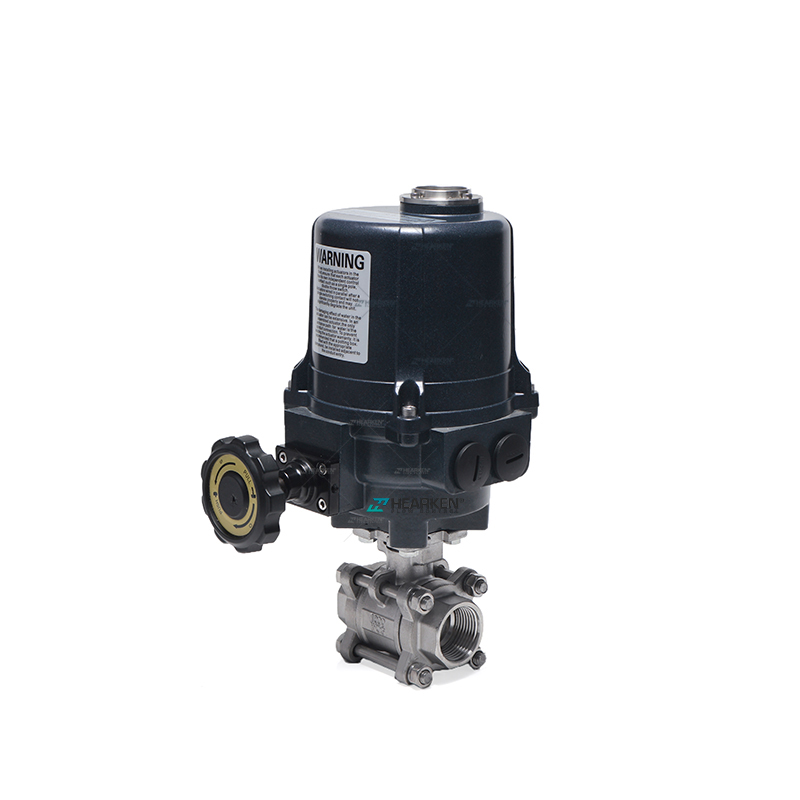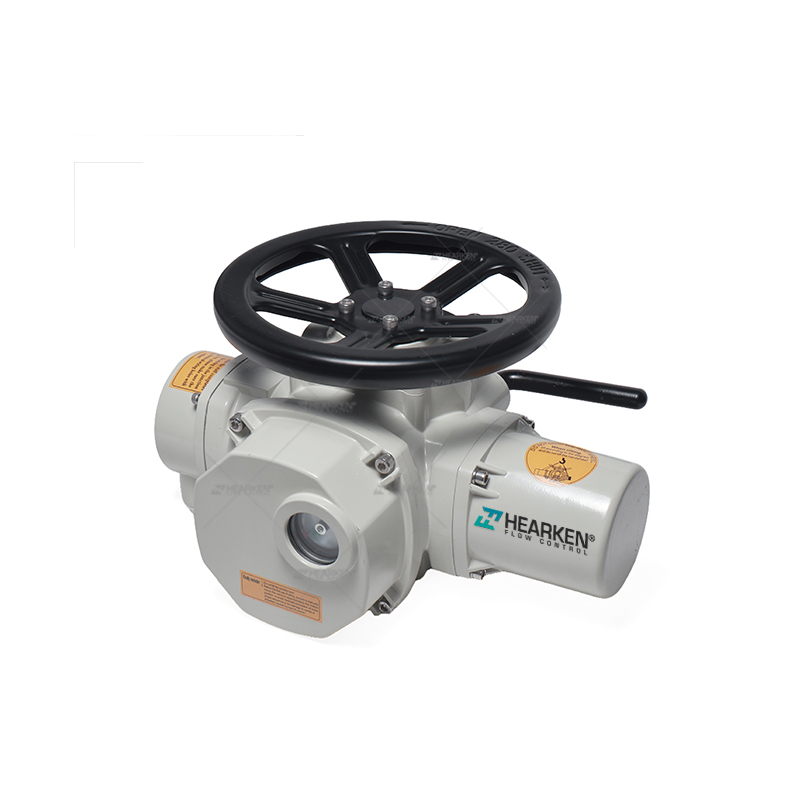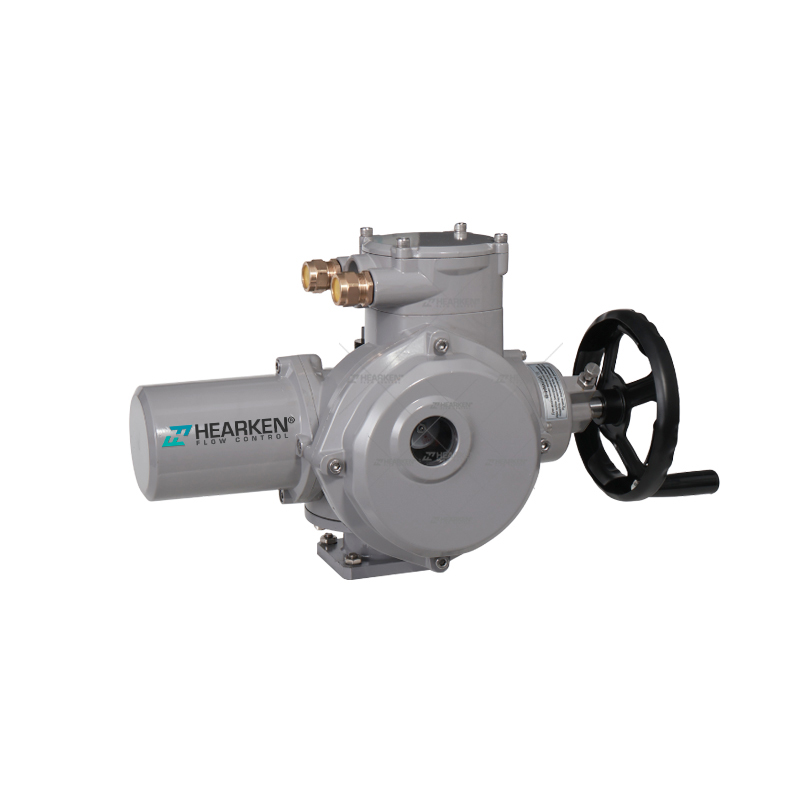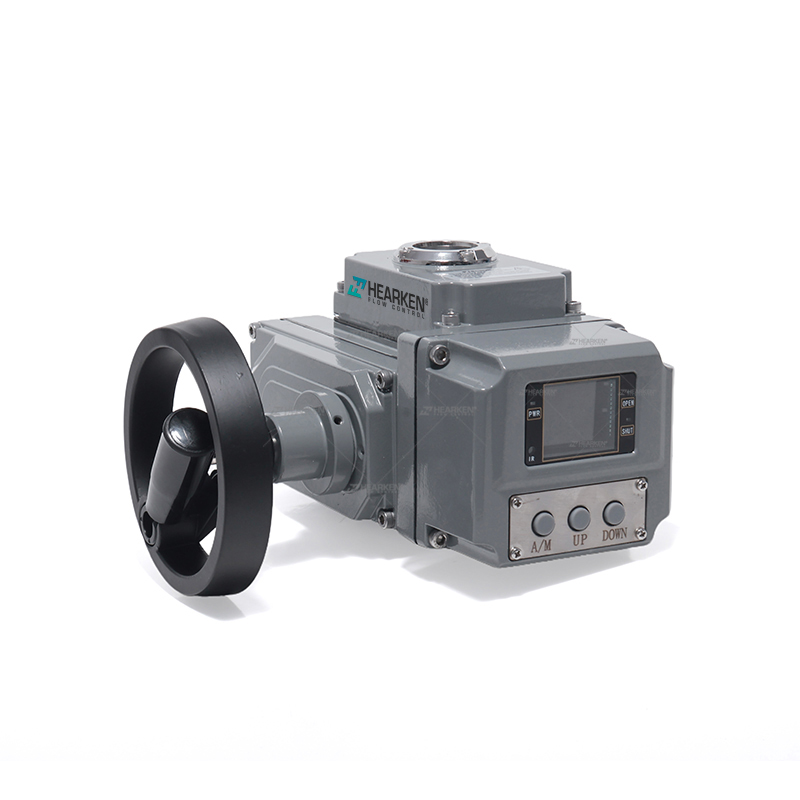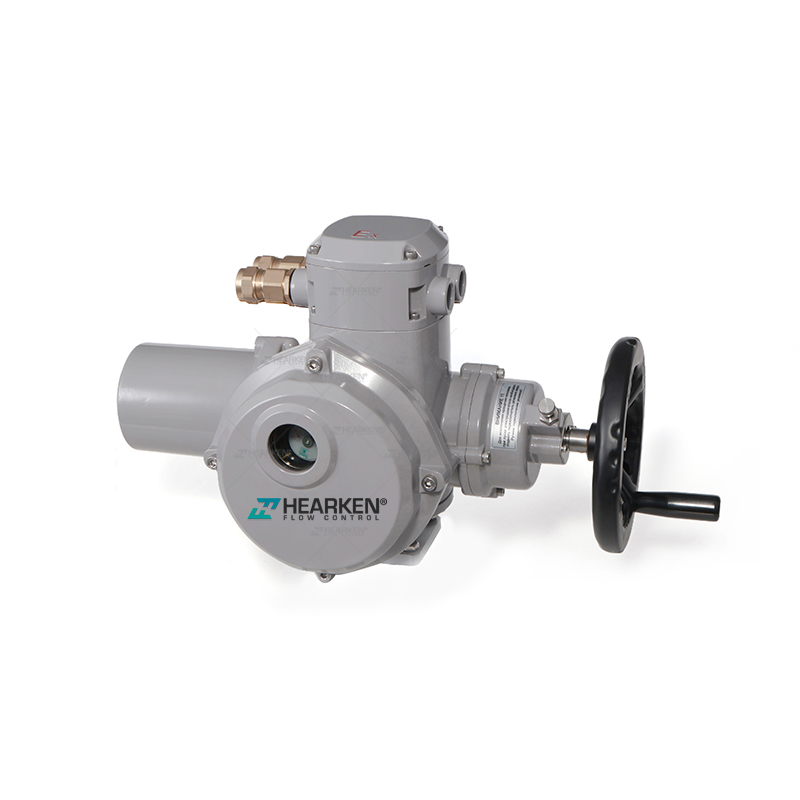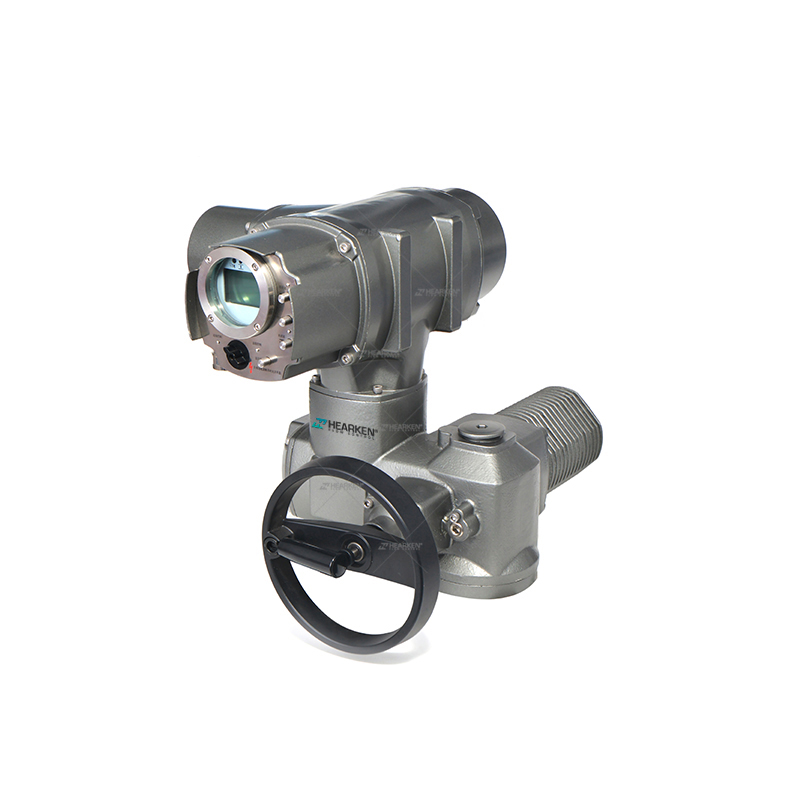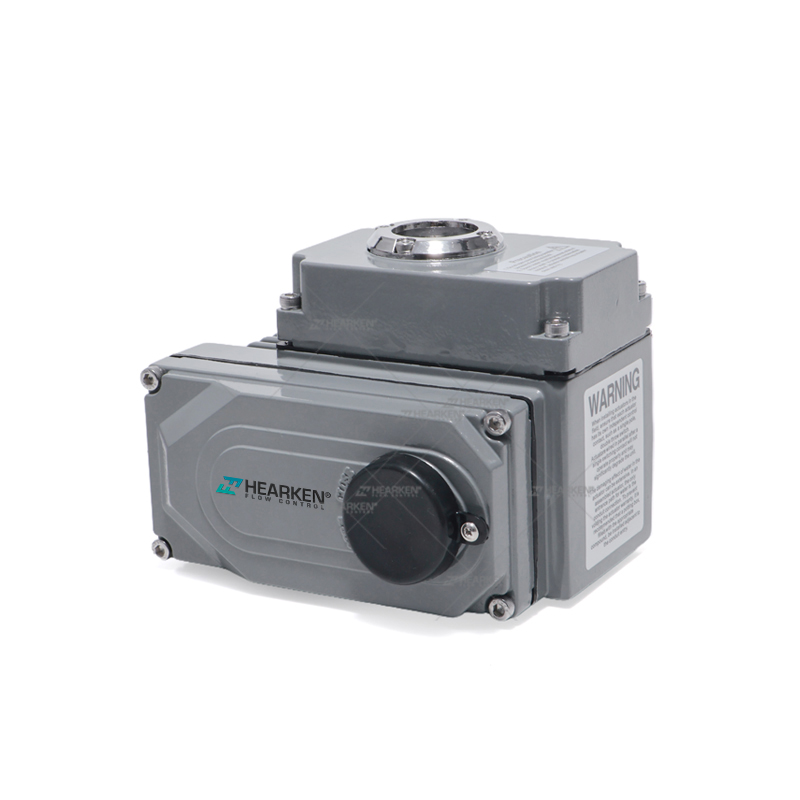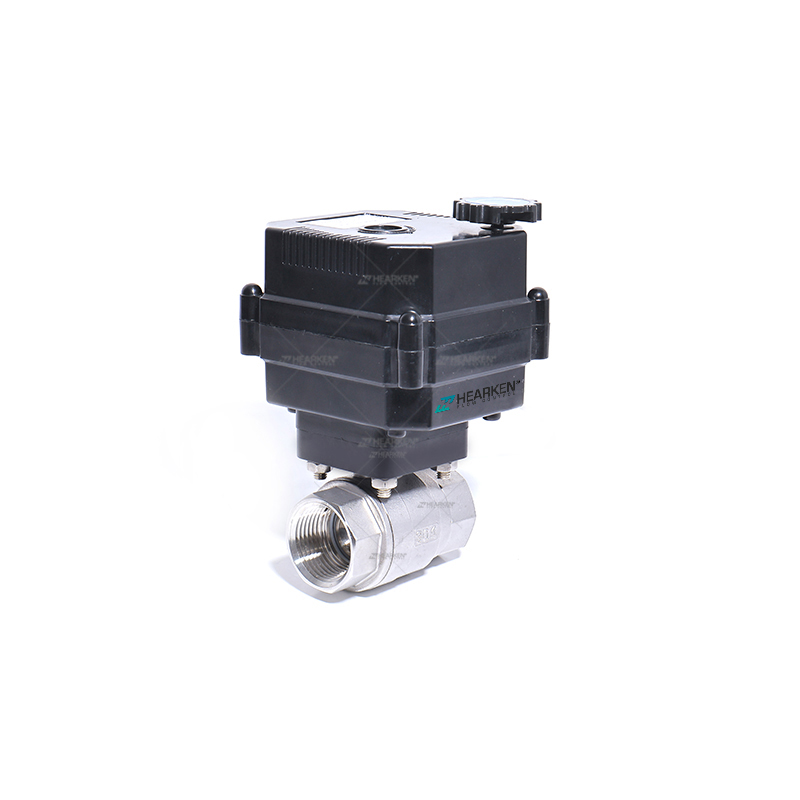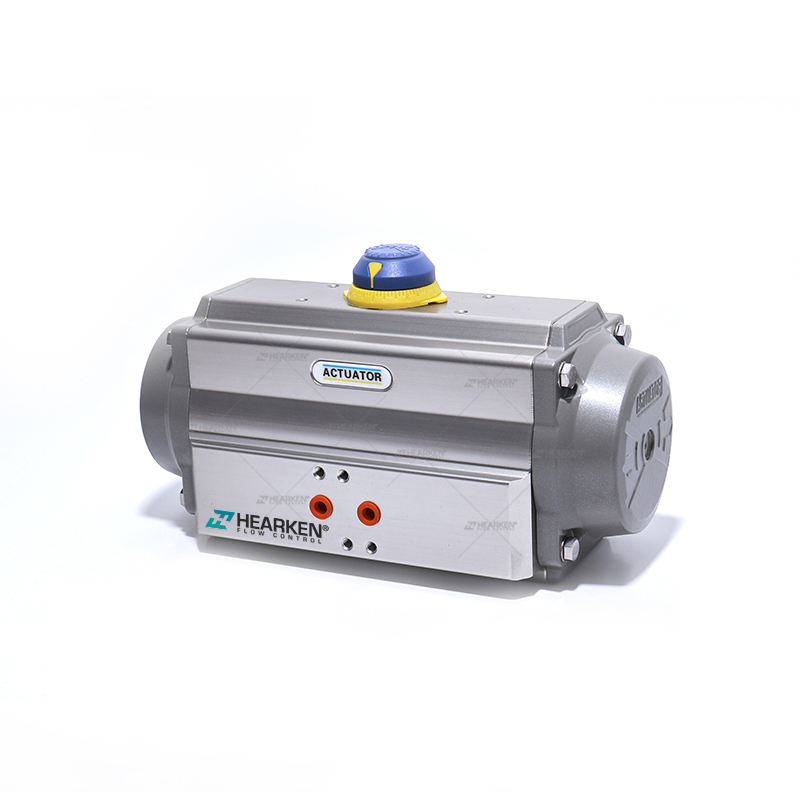Rotary Actuators
IP68 Multi-Turn Linear Electric Actuator For Gate Valve
With an IP68 rating, this actuator is built to withstand the most challenging conditions
Outdoor Motorized Multi-turn Intelligent Switch Type Electric Actuator
The outdoor Motorized Multi-turn Intelligent Switch Type Electric Actuator are advanced
Explosion Proof Rotary Type Three Phase Electric Actuators
What sets this explosion proof electric actuators apart is its robust construction, feat
Modulating Quarter Turn Electric Actuator With Handwheel for Ball Valve
This Modulating Quarter Turn Electric Actuator's mechanical design also includes a manua
High Output Torque On-Off Electric Motorized Rotary Actuator
The high output torque actuator supports both on/off and modulating control, with custom
3/4” Stainless Steel Motorized Ball Valve 9-24V AC
Explore our high-performance actuators, designed for long-lasting durability, featuring
1/4” Brass Electric Motorized 2 way Mini Ball Valve
HFH series micro electric valves have a variety of control methods, can receive remote s
Aluminum Alloy Pneumatic Actuator Quarter Turn
Our fifth generation improved series pneumatic actuators are engineered with advanced ma
What is electric rotary actuator?
Electric rotary actuators, harnessing electromagnetic energy from motors, spur component rotation. Offering control and indexing functions, they facilitate multiple position halts throughout strokes. Their rotational aspect may manifest as either a disc-like shaft or a platform.
Electric rotary actuators, integral in modern automation, transform electrical energy into mechanical motion—specifically, rotational movement. These actuators are particularly adept in applications demanding precision and controlled rotational actions. They are essential in valve control, robotics, and positioning systems. Electric rotary actuators consist of an electric motor coupled with a gear or belt system, facilitating exact control over rotation angle, speed, and torque. This precision makes them a versatile and efficient choice for diverse mechanical automation needs.
What are electric rotary actuators used for?
Actuators play a pivotal role in automating control valves across various process engineering systems. A rotary actuator delivers rotational force, ensuring at least one full revolution to the control valves.
What is the advantage of rotary actuator?
Prime benefits of pneumatic rotary actuators include straightforward operation, robustness, potent force delivery, and suitability for perilous settings. Conversely, hydraulic rotary actuators are often harnessed in scenarios demanding hefty torque generation.
- Precision in rotational control
- Suitability for applications requiring controlled speed and torque
- Reliable and efficient in various automation settings
Electric actuator Rotary type
An electric actuator of the rotary type is a device designed to convert electrical energy into mechanical motion, specifically rotational movement. This type of actuator is often used in various applications where precise and controlled rotational movements are required, such as in valve control, robotics, and positioning systems. The electric rotary actuator typically consists of an electric motor that drives a mechanism, such as a gear or a belt, to produce the desired rotation. This allows for accurate control of the angle, speed, and torque of the rotation, making it a versatile and efficient solution for many mechanical automation needs.
What is important to you when you buy pneumatic actuators ?
Hearken pneumatic actuators has passed with ATEX approved, CE approved, SIL approved as per international qualification standard.
Hearken rack and pinion Pneumatic actuators are designed for use in quarter turn applications and tested to the one million operations. Actuators are available double acting and spring return models. Its meet international ISO5211 standards for easy valve mounting and replacement visual position indicator will monitor the valve open and closed position. The quality of our pneumatic actuators provide long and safe performance for your valve control . we are here for your valve automation.
- Movement : Standard adjustable 90°±%
- Body:Hard anodized extruded aluminium alloy and stainless steel
- Actuator Types: Double acting pneumatic actuators and Spring return (Single acting) Pneumatic actuator
- Valve Options: Pneumatic actuator ball valve , Pneumatic actuator butterfly valve, Pneumatic angle seat valve, Pneumatic gate valve or Pneumatic globe valve
- Actuator Options: AT series rack and pinion pneumatic actuators, Scotch yoke pneumatic actuators , Linear pneumatic actuator and Hydraulic pneumatic actuators.
- Springs:High tensile spring sets of alloy steel
- Piston Shaft:Nickel plated alloy steel reduces friction
- End Caps:Polyester coated die cast aluminium
- Optional accessories: Solenoid valves, Limit switch box, Valve positioner or Air filter regulator
- Advantage: our pneumatic actuators products are not only price competitive but also perform as well as or better than more expensive products.
- Quality: our each pneumatic actuator is tested on the test bench.
- Additional: if your have any requirements about our pneumatic actuators,please welcome to write mail to us @ [email protected] for getting more information and service from us.
Key Applications of Electric Rotary Actuators
Rotary actuators, both pneumatic and electric, are used in various industrial applications such as:
- Control Valves in Process Engineering Systems
- Robotics for precise movement control
- Positioning Systems in various industrial applications
Single Acting VS Double Acting Actuators
Single Acting Rotary Pneumatic Actuator
Single acting actuators, often termed as 'spring-return' actuators, utilize air pressure to move the actuator in one direction and a spring to return it to the original position. These actuators are efficient for simple on/off operations where the actuator needs to return to a safe position in case of power or air supply failure. They are typically smaller and more cost-effective but provide less force compared to double acting actuators.
Double Acting Rotary Pneumatic Actuator
In contrast, double acting actuators use air pressure to open and close the valve. This design offers more control and efficiency in operations where precise regulation of the valve position is required. Double acting actuators are essential for modulating control and situations where air pressure may not always be reliable to return the actuator to its original position.
Design of Rotary Pneumatic Actuators
Rack-and-Pinion Design
Rack-and-pinion actuators are known for their compact design and high efficiency. They convert linear motion of a piston into rotational motion using a gearwheel (pinion) and a rack. This design is suitable for both single and double acting actuators and is widely used due to its simplicity, reliability, and ease of maintenance.
Scotch Yoke Design
Scotch yoke actuators transform linear motion into rotational motion using a slotted yoke and a sliding piston. This design is particularly effective for producing high torque at both ends of the actuator’s stroke, making it ideal for heavy-duty applications.
Vane-type Design
Vane-type actuators consist of a slotted rotor with extending vanes, placed inside a cylindrical housing. They are known for their smooth operation and are commonly used in applications requiring precise control.
Selection of Rotary Actuators
When selecting a rotary actuator, consider the following factors:
- Type of Actuator: Choose between pneumatic and electric based on power source availability, control requirements, and environmental considerations.
- Torque Requirements: Ensure the actuator provides sufficient torque for the application.
- Control Precision: Electric rotary actuators offer precise control, while pneumatic versions are better for simpler on/off control.
- Environment: Consider factors like temperature, humidity, and potential explosive environments, which might require specific certifications like ATEX.
- Maintenance and Durability: Assess the ease of maintenance and the durability of the actuator in the given industrial environment.
At Hearken, our pneumatic rotary actuators, embodying the pinnacle of efficiency and reliability, have garnered ATEX, CE, and SIL certifications, aligning with international standards. Our rack and pinion pneumatic actuators, designed for quarter-turn applications, have been rigorously tested to endure over a million operations.
